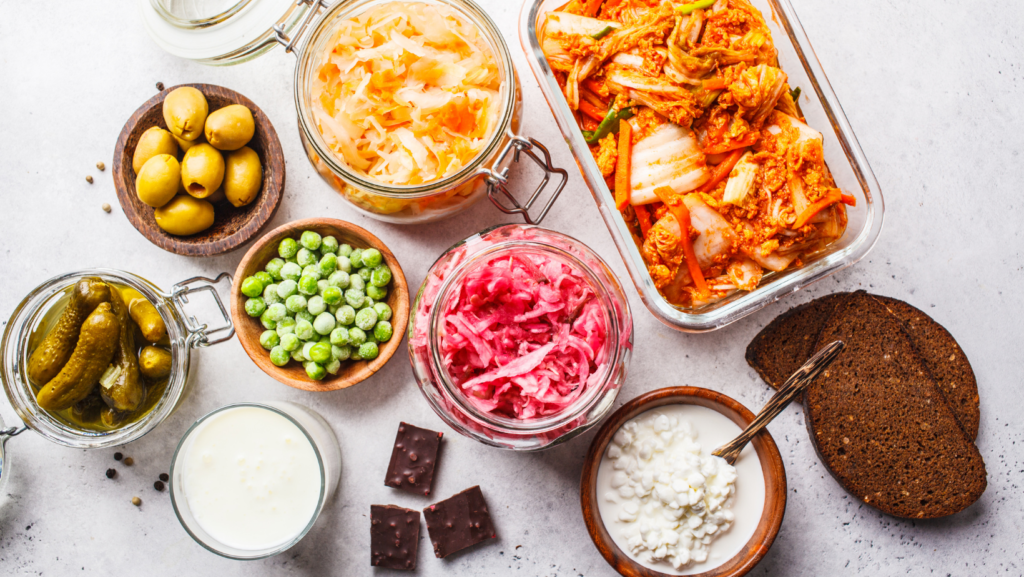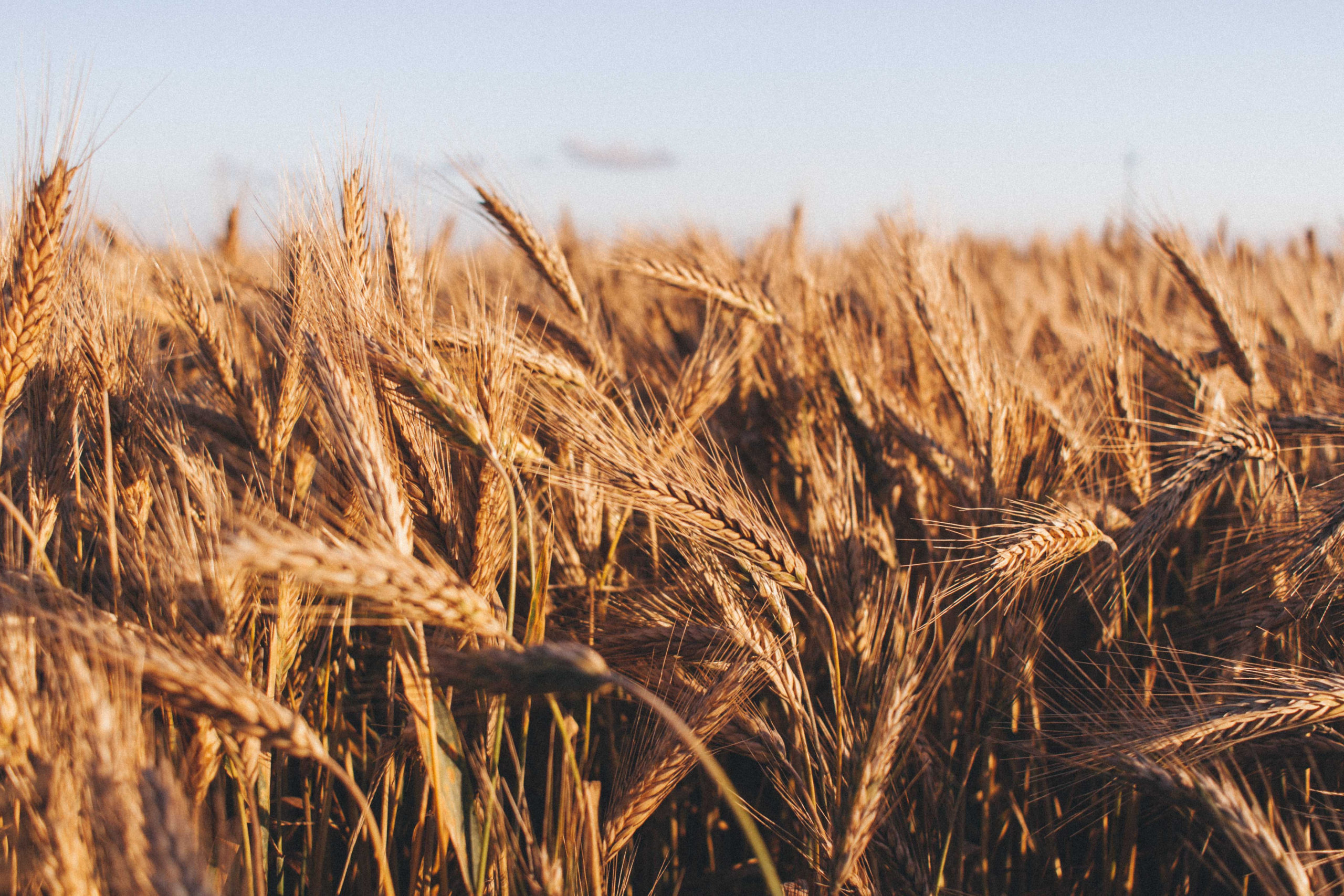There is a lot of hype surrounding probiotics these days, but have you heard about prebiotics and postbiotics? This blog answers all your questions about these three: what they are, how to eat more of them, and how they benefit you!
UNDERSTANDING THE MICROBIOME
Did you know that humans are composed mostly of bacteria cells? The bacteria in our bodies outnumbers human cells 10 to 1. Meet the microbiome, home to up to 2,000 different species of microorganisms and 80% of our immune system. It’s no wonder that an imbalanced microbiome is associated with all kinds of inflammatory diseases and health conditions.
The microbiome is the center of the enteric nervous system (the nervous system of the gut), which closely communicates with the brain. This means that the gut-brain connection is SUPER powerful.
KEEPING THE BALANCE
The ideal balance in the microbiome consists of 85% “good’ bugs and 15% “bad” bugs. So, what contributes to overgrowth of bad bugs or the decline of the good ones?
- Refined grains, white sugar and high fructose corn syrup (HFCS) may act as fuel for harmful bacteria and yeast. Eating a lot of refined carbs and sugar can cause imbalances like Candida overgrowth.
- Frequent use of antibiotics. Antibiotics cannot distinguish between beneficial and harmful bacteria. Consequently, they not only combat bad bugs, but the good ones as well, causing an imbalance in the microbiome.
- Pollution and environmental toxins (pesticides, heavy metals, chemicals, etc.) can kill off beneficial bugs, allowing harmful bugs to prosper.
- Medications like oral birth control and NSAIDs (Advil, Alleve, Aspirin, etc.)
- Small intestinal bacterial overgrowth (SIBO)
- Not eating enough fiber
WHAT ARE PREBIOTICS?
Prebiotics are fibers like inulin, beta-glucan, FOS, and galactans that act as beneficial fuel for probiotics in the microbiome. These fibers resist digestion and pass through the digestive tract intact.
Some great dietary sources of these prebiotic fibers are:
- Asparagus
- Onions
- Garlic
- Apples
- Bananas
- Honey
- Milk
- Oats
- Chicory root
Prebiotic fibers are mostly digested by Bifidobacterium in the large intestine, one of the primary bacteria types in the body. The end products of bacteria digesting prebiotics are called short chain fatty acids (SCFA), which are a kind of postbiotic.
An article published in the British Journal of Nutrition indicates that these compounds reduce the risk of harmful bacterial overgrowth, certain cancers, and functional GI disorders. They also improve immune function, glucose tolerance and insulin sensitivity.
Without enough fuel, probiotics are more likely to attach to the intestinal lining and feed off the mucosal layer, which causes intestinal inflammation and leaky gut! Ensuring you are eating plenty of plant foods that are high in fiber is a great way to make sure you are feeding your good bugs.
WHAT ARE PROBIOTICS?
According to the World Health Organization, probiotics are “live microorganisms which, when administered in adequate amounts, confer a health benefit on the host.”
Probiotics can be found in fermented foods. During the fermentation process bacteria is allowed to grow in a controlled, anaerobic environment. Yeast and bacteria ferment carbohydrates creating organic acids and gases.
Some great sources of probiotics are:
- Yogurt
- Kimchi
- Kefir
- Sauerkraut
- Kvass
- Kombucha
- Tempeh
- Miso
Some of the benefits of probiotics include:
- Better immune system health and consequently, less risk of autoimmune dysfunction and inflammation
- Increased healing of the intestinal lining and relief from functional gut disorders, leaky gut syndrome (LGS) and decreased intestinal permeability
- Improved digestion and absorption of nutrients
- Balanced mood and decreased depression
- Decreased risk of small intestinal bacterial overgrowth (SIBO) and dysbiosis
- Weight loss and increased glucose and insulin sensitivity
WHAT ARE POSTBIOTICS?
Postbiotics are the end result of probiotics doing their work on prebiotics. It can be helpful to think of prebiotics as the fertilizer, probiotics as the soil, and postbiotics as a plant that grows as a result of fertilized soil. Postbiotics include the short chain fatty acids (SCFAs) like butyrate along with cellular waste leftover from bacterial fermentation (in a fermented food or in the gut), enzymes and organic acids.
Sources of postbiotics are also sources of probiotics like:
- Yogurt
- Kimchi
- Kefir
- Sauerkraut
- Kvass
- Kombucha
- Tempeh
- Miso
Some postbiotic benefits include:
- Keeping your colon cells healthy
- Modulating the glycemic response after meals and improving insulin sensitivity
- Promoting weight loss
- Reducing chronic inflammation
- Regulate bowel habits
- Decreases the growth of pathogenic strains of bacteria (has antibiotic properties)
No matter where you are on your health journey, incorporating more of these foods is a great place to start if you’re interested in upping your gut health game! Need help? Contact us to today!
Sources:
Lipski, E. (2020). Digestive wellness: Strengthen the immune system and prevent disease through healthy digestion. New York: McGraw-Hill.
https://www.todaysdietitian.com/newarchives/JJ20p20.shtml



